Benedict Wilkins
World of Bugs: A Platform for Automated Bug Detection in 3D Video Games
Jun 21, 2022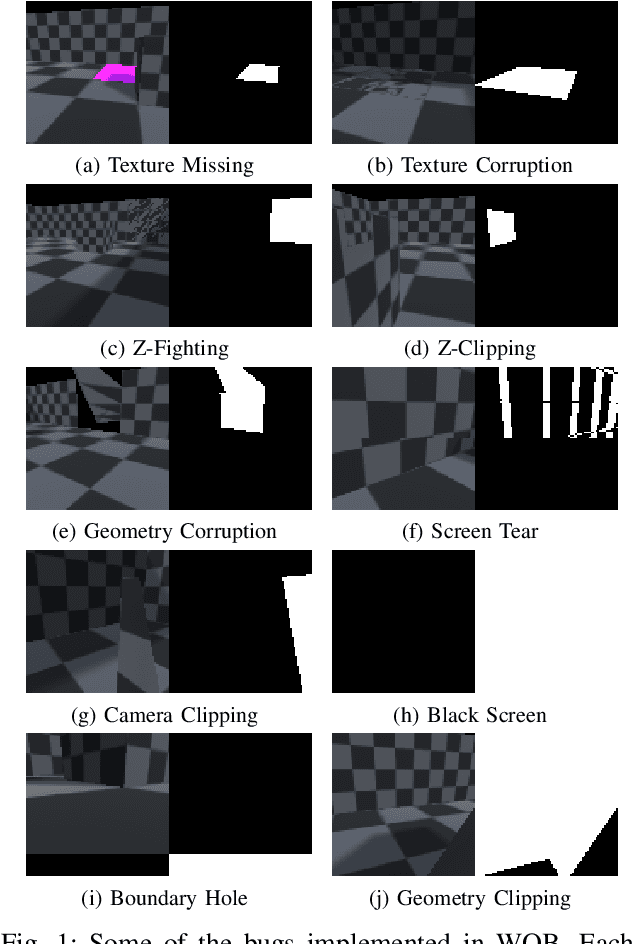
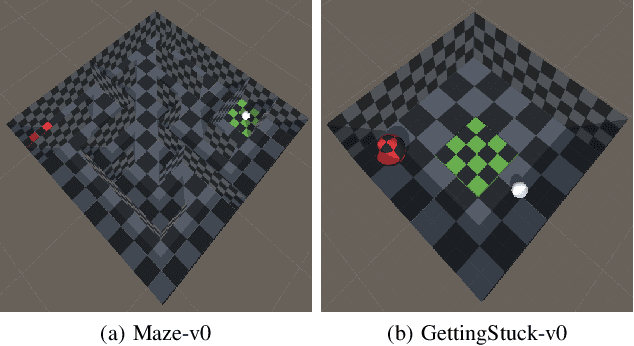
Abstract:We present World of Bugs (WOB), an open platform that aims to support Automated Bug Detection (ABD) research in video games. We discuss some open problems in ABD and how they relate to the platform's design, arguing that learning-based solutions are required if further progress is to be made. The platform's key feature is a growing collection of common video game bugs that may be used for training and evaluating ABD approaches.
Learning to Identify Perceptual Bugs in 3D Video Games
Feb 25, 2022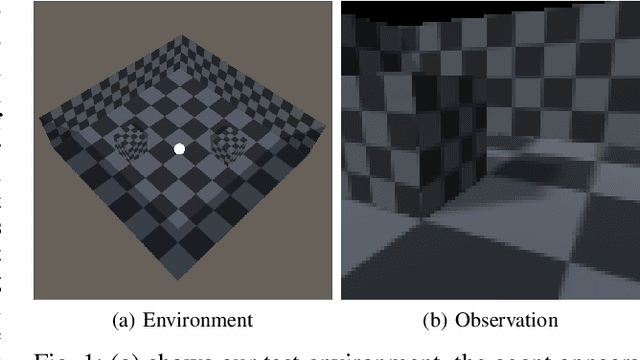
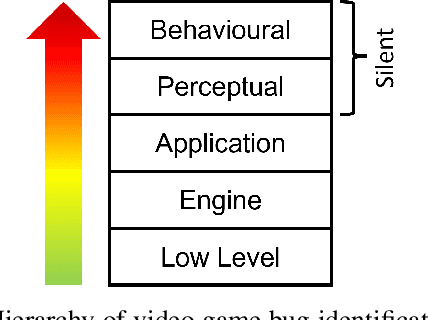
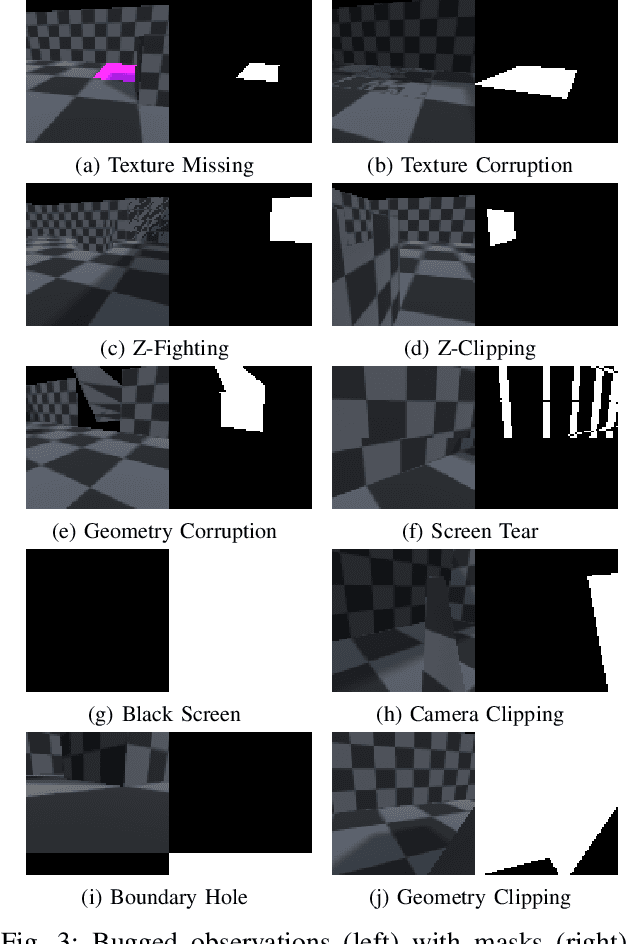
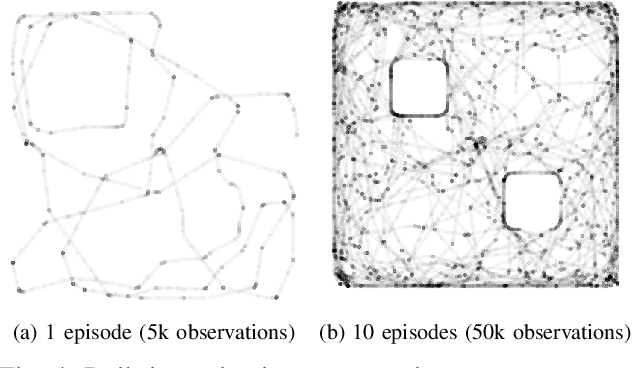
Abstract:Automated Bug Detection (ABD) in video games is composed of two distinct but complementary problems: automated game exploration and bug identification. Automated game exploration has received much recent attention, spurred on by developments in fields such as reinforcement learning. The complementary problem of identifying the bugs present in a player's experience has for the most part relied on the manual specification of rules. Although it is widely recognised that many bugs of interest cannot be identified with such methods, little progress has been made in this direction. In this work we show that it is possible to identify a range of perceptual bugs using learning-based methods by making use of only the rendered game screen as seen by the player. To support our work, we have developed World of Bugs (WOB) an open platform for testing ABD methods in 3D game environments.
Anomaly Detection in Video Games
May 20, 2020



Abstract:With the aim of designing automated tools that assist in the video game quality assurance process, we frame the problem of identifying bugs in video games as an anomaly detection (AD) problem. We develop State-State Siamese Networks (S3N) as an efficient deep metric learning approach to AD in this context and explore how it may be used as part of an automated testing tool. Finally, we show by empirical evaluation on a series of Atari games, that S3N is able to learn a meaningful embedding, and consequently is able to identify various common types of video game bugs.
 Add to Chrome
Add to Chrome Add to Firefox
Add to Firefox Add to Edge
Add to Edge